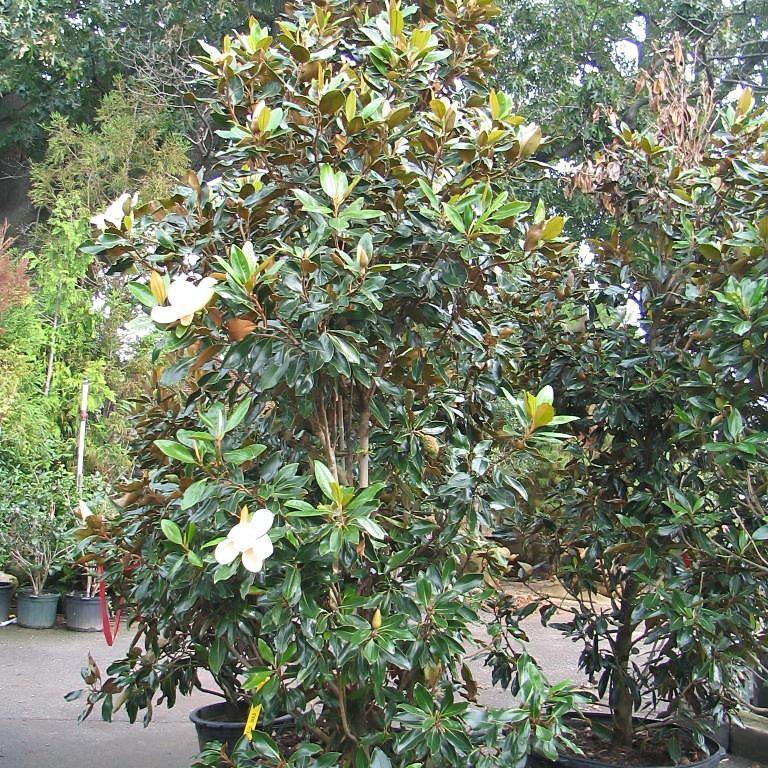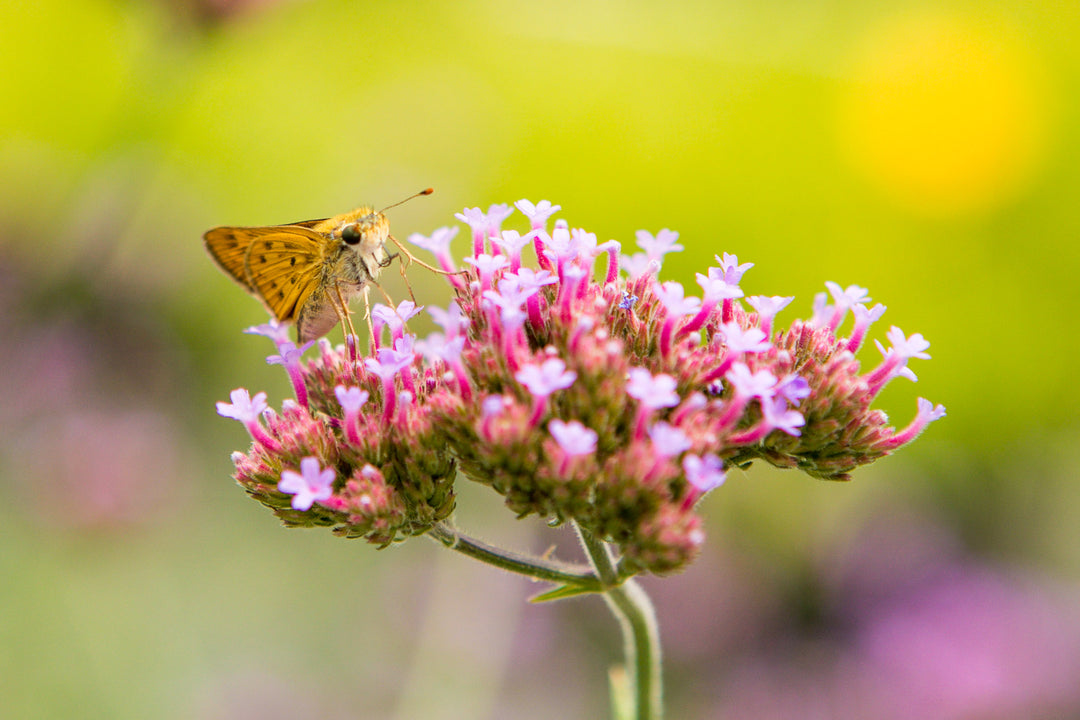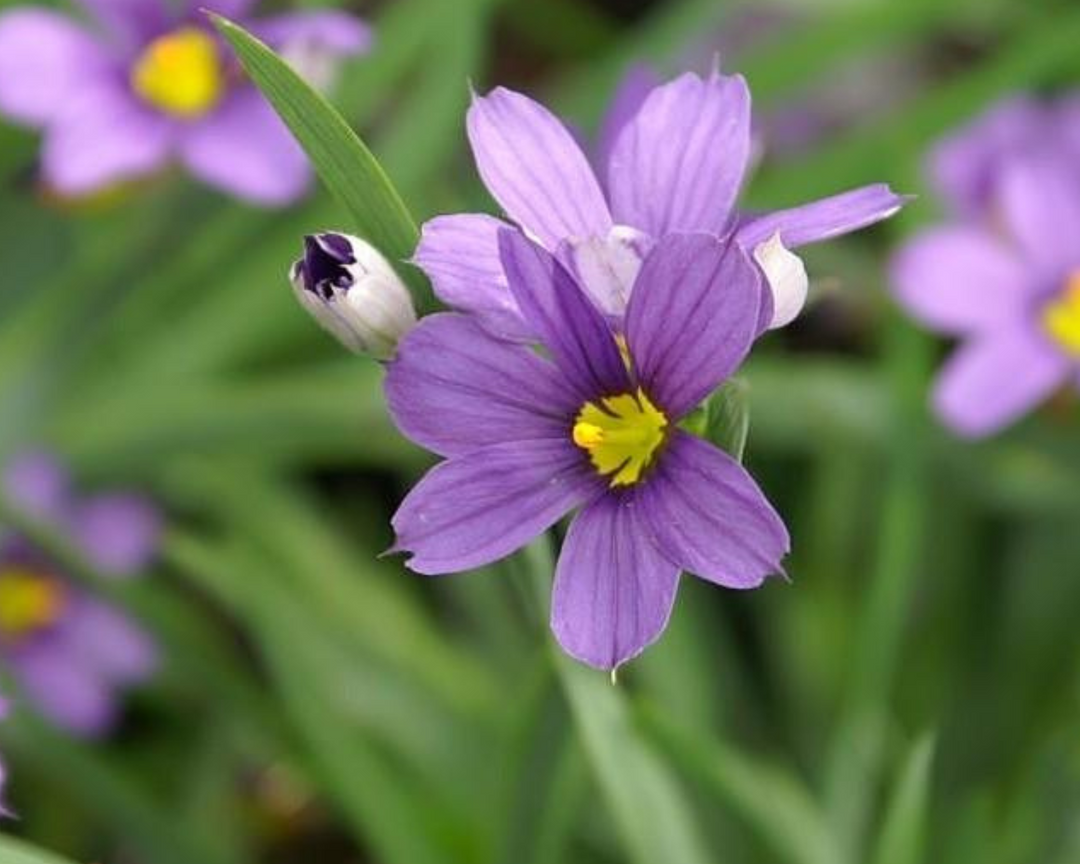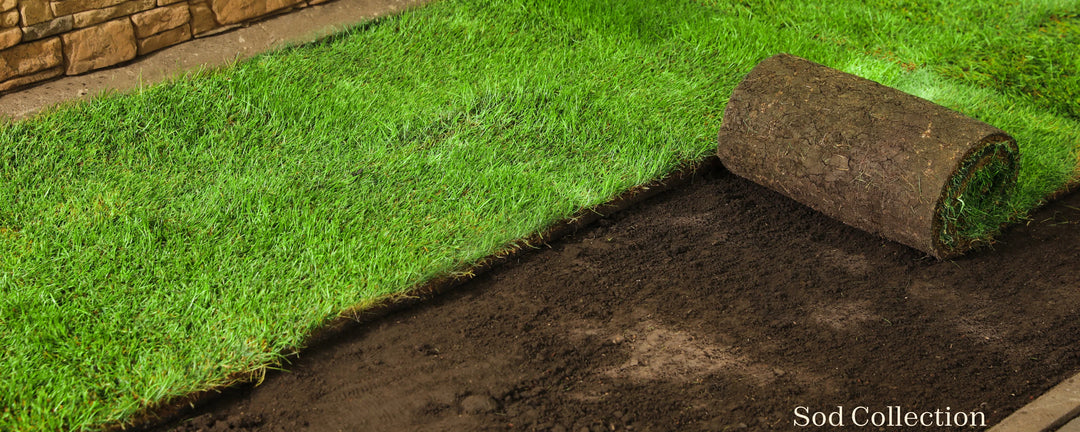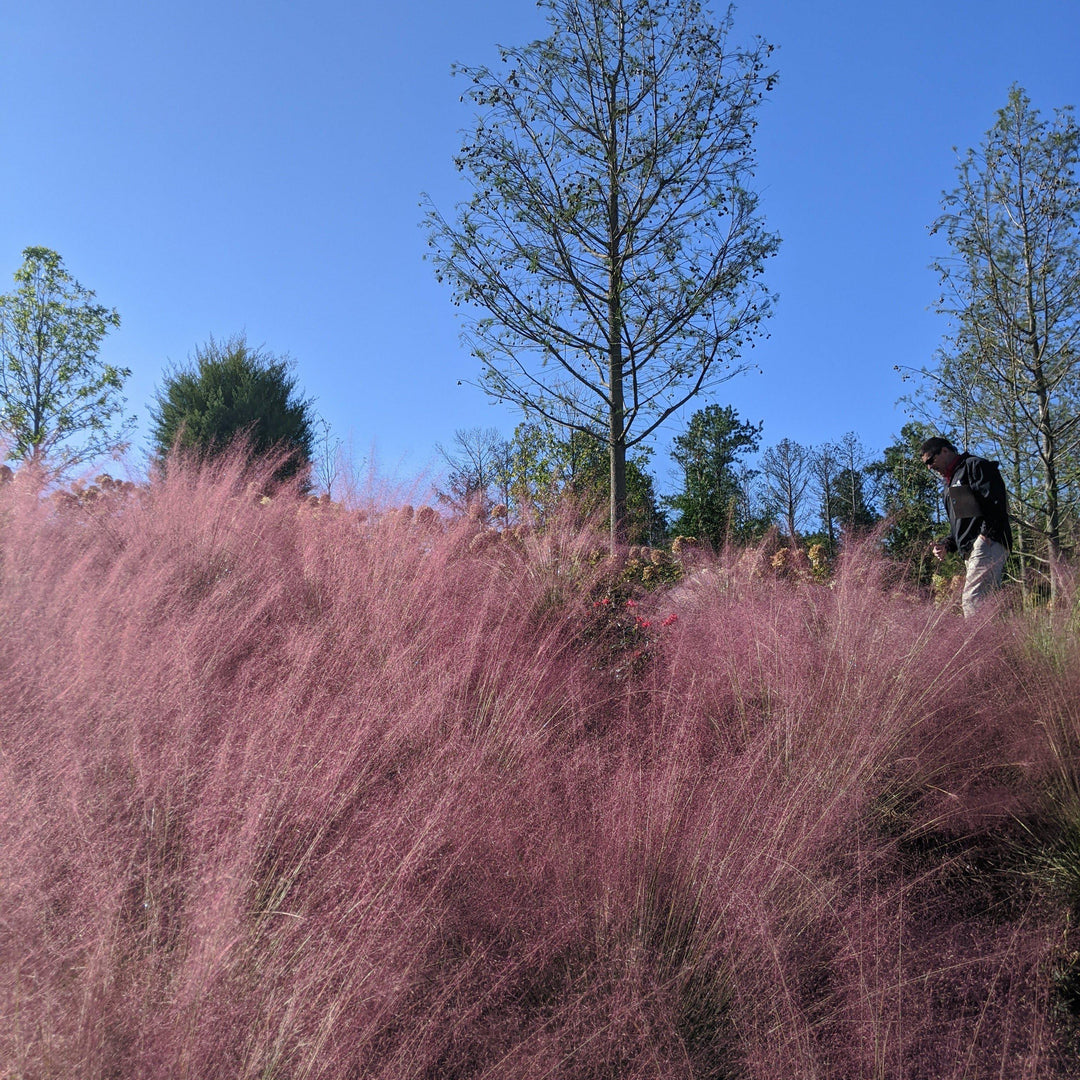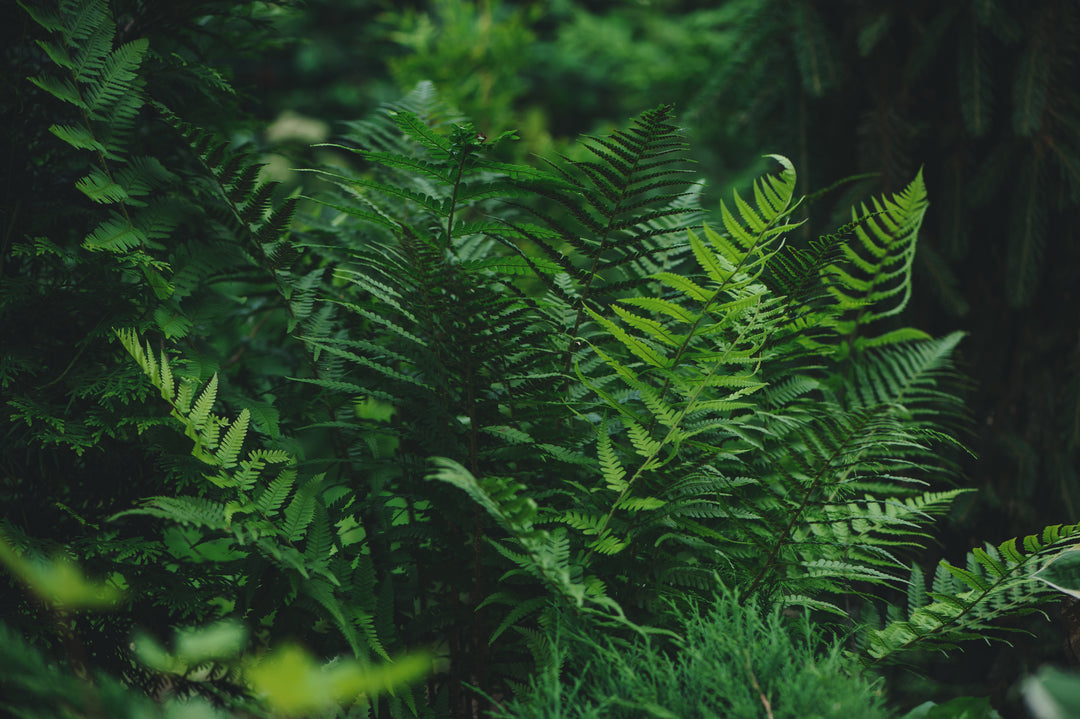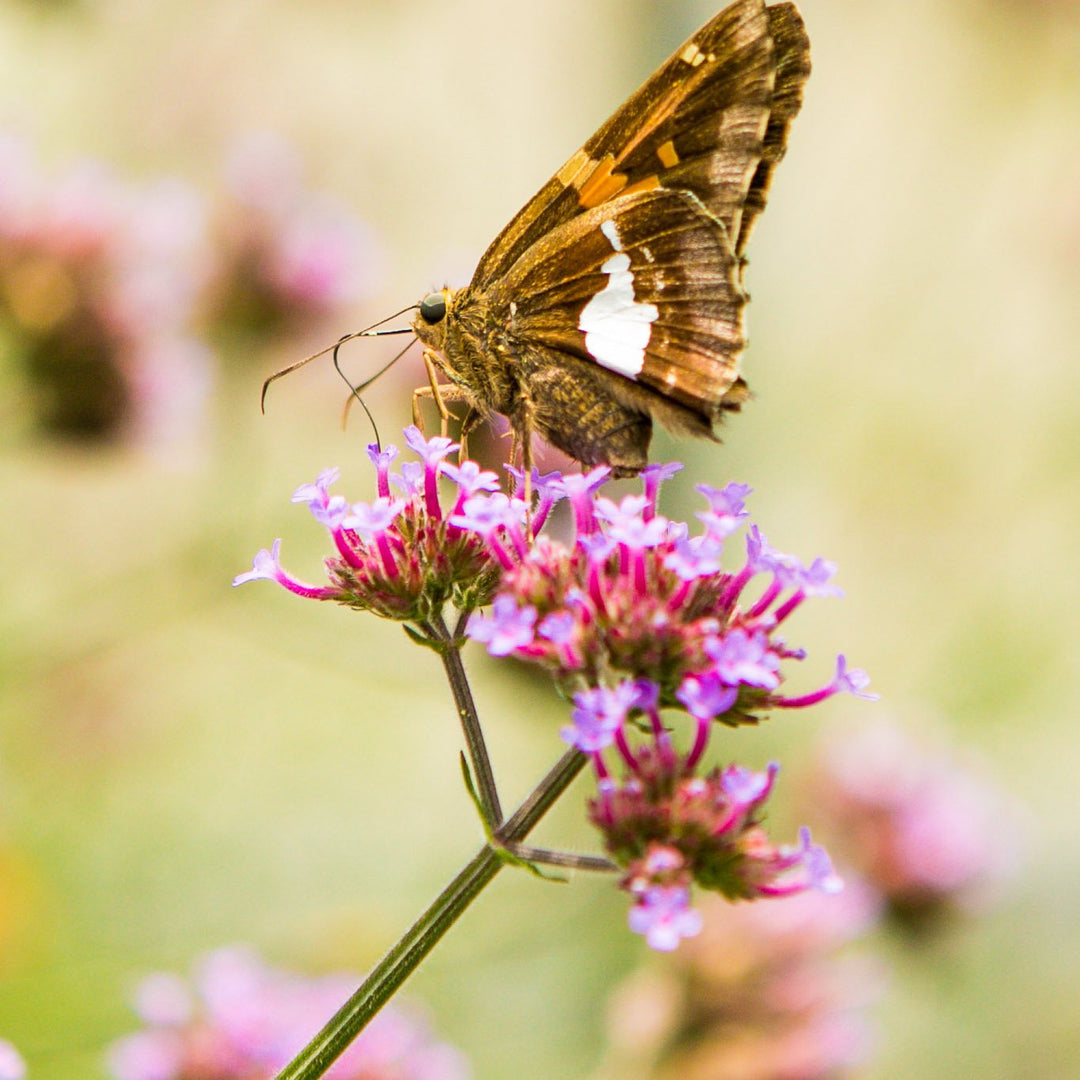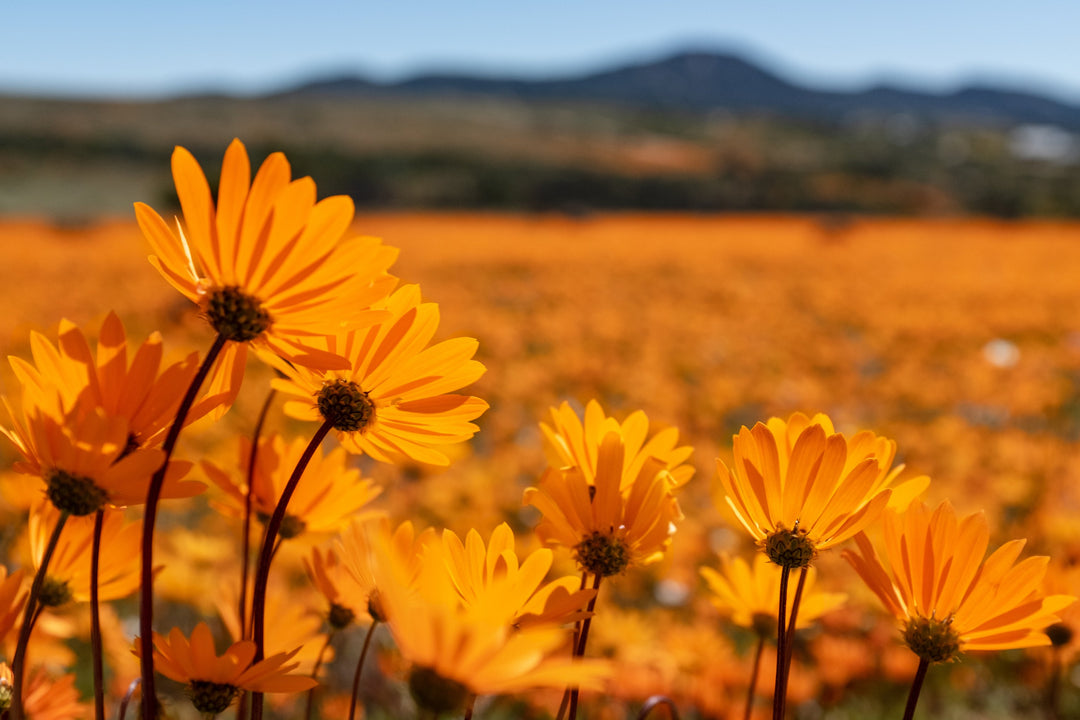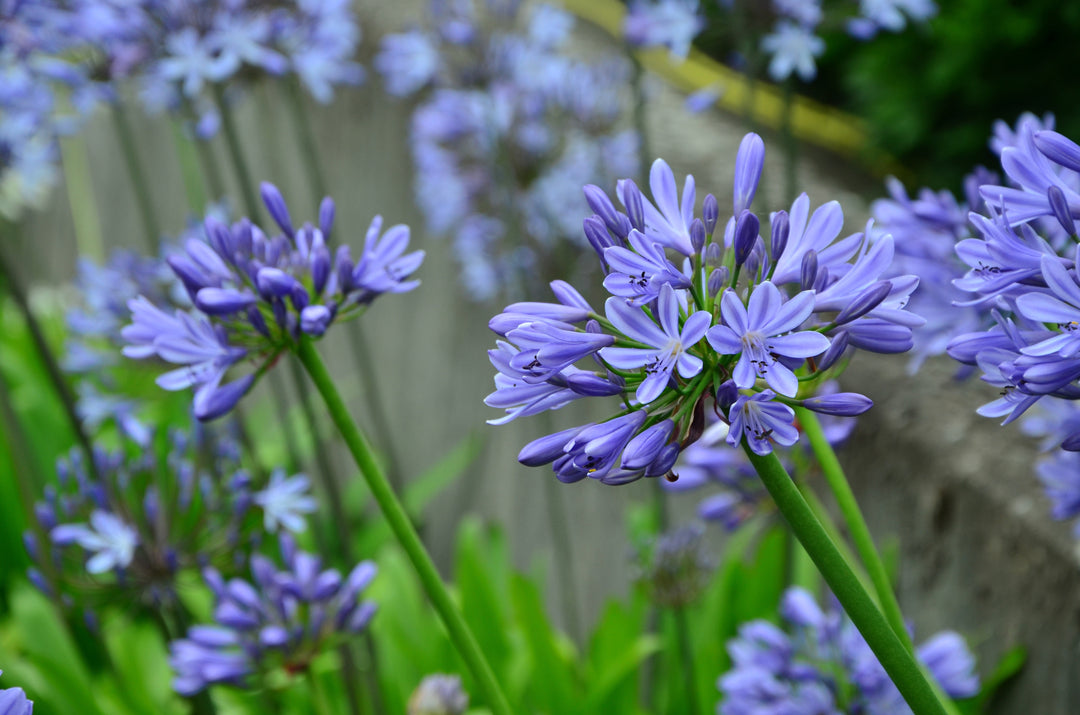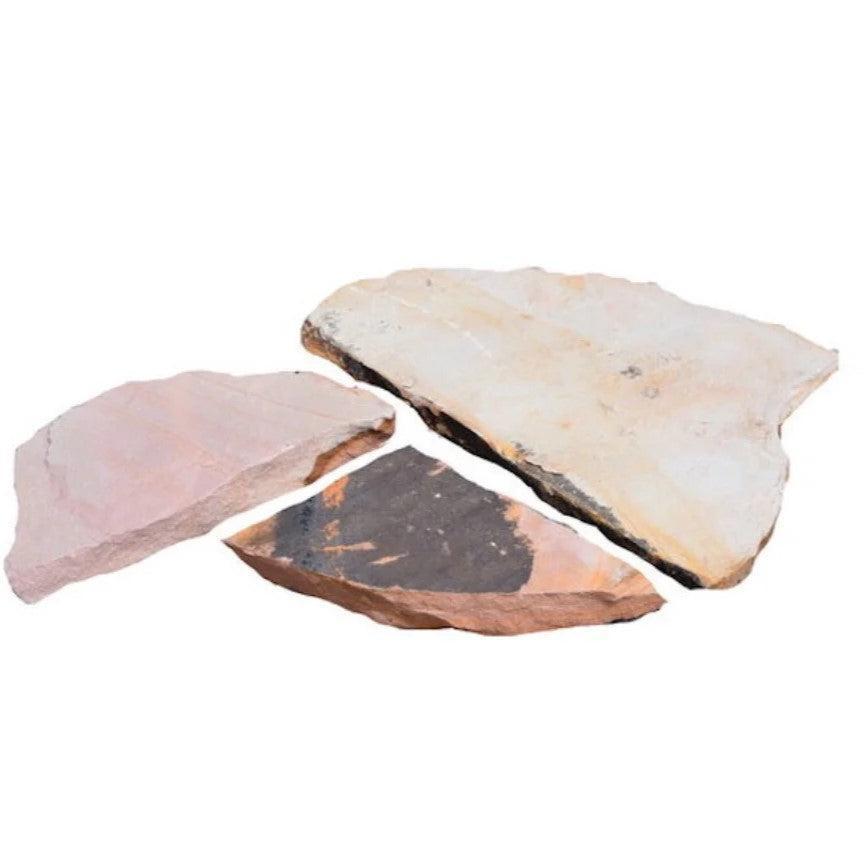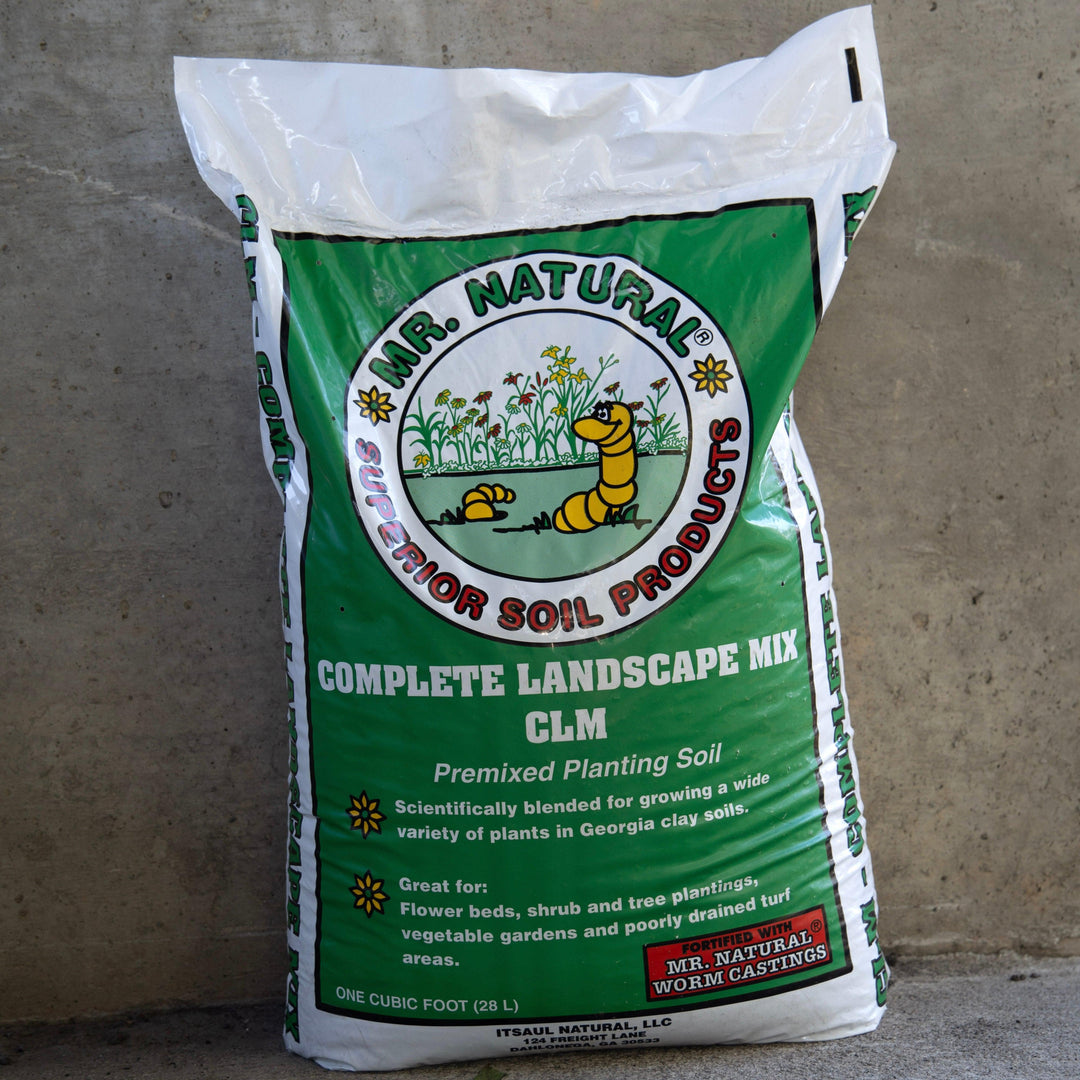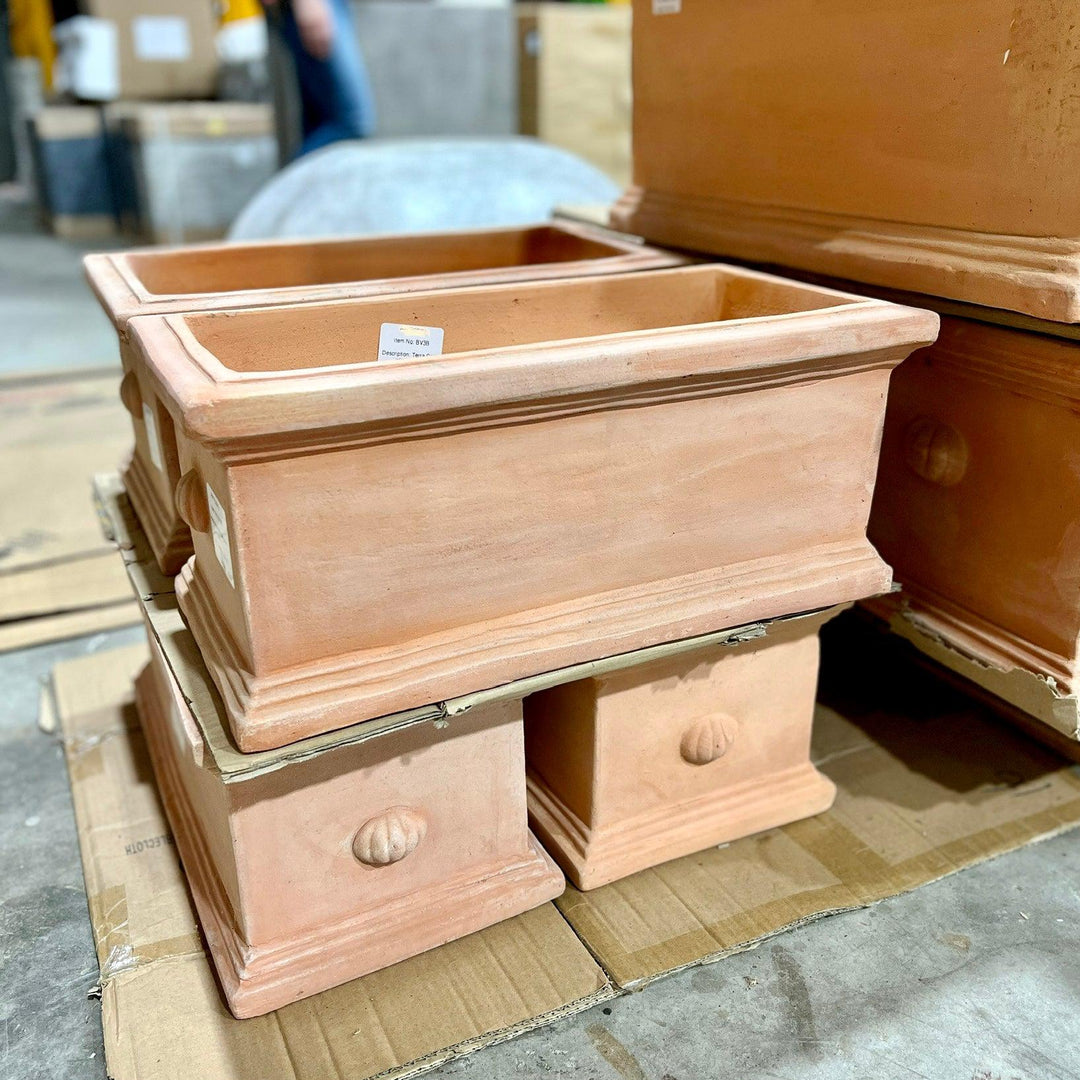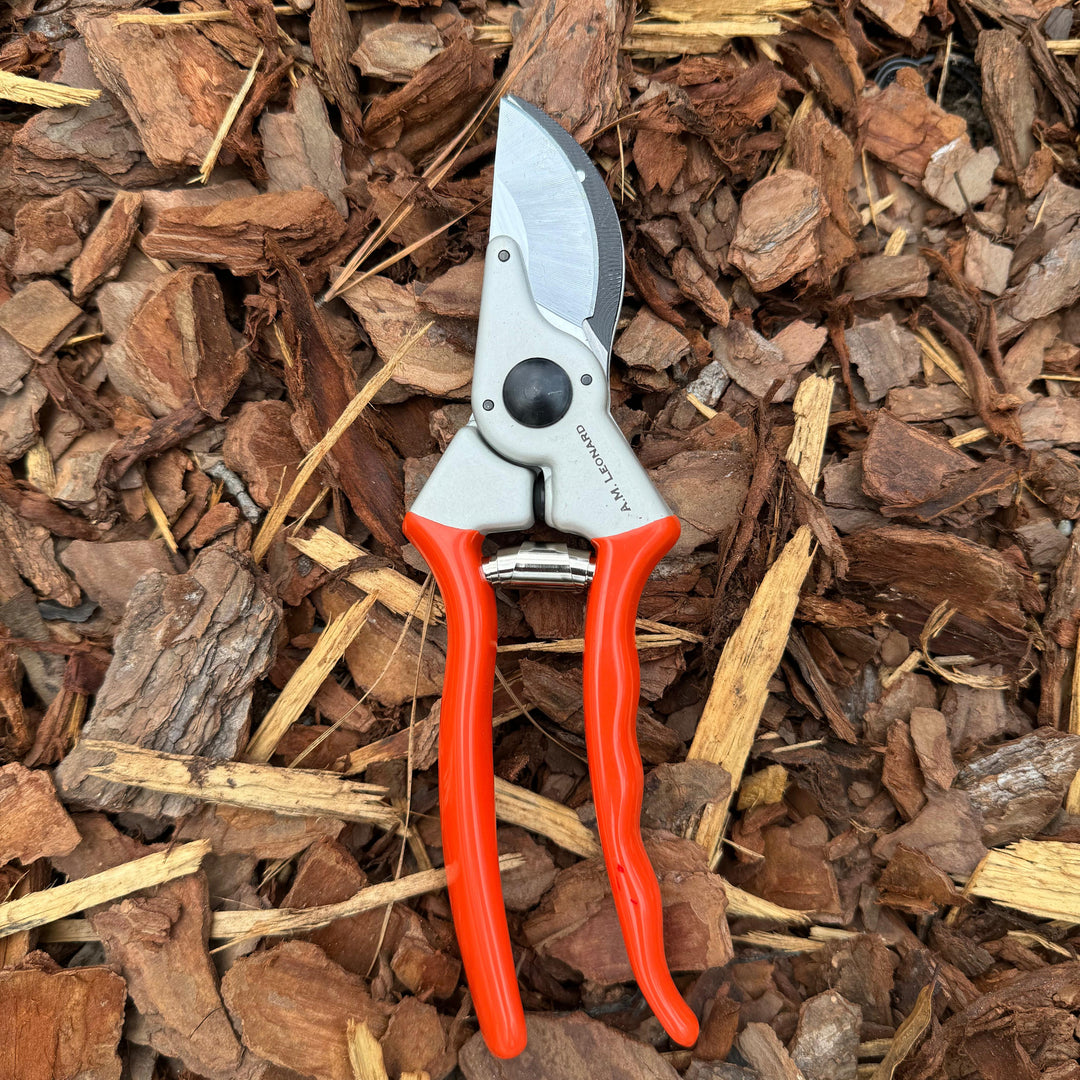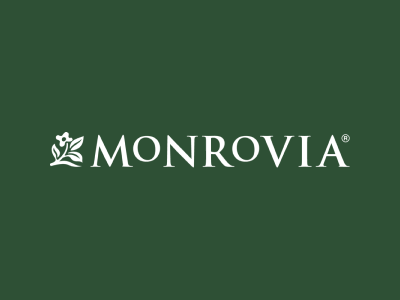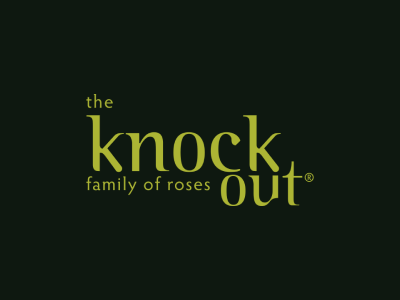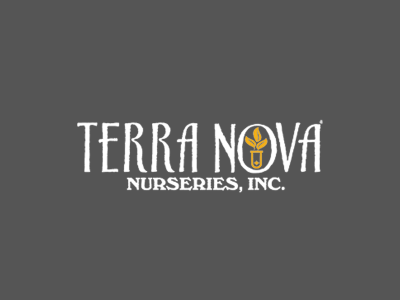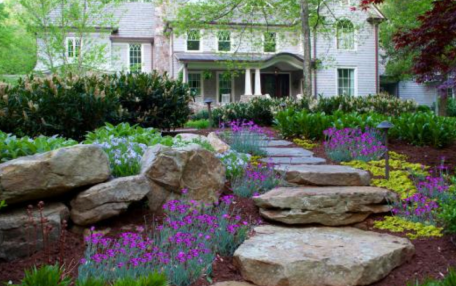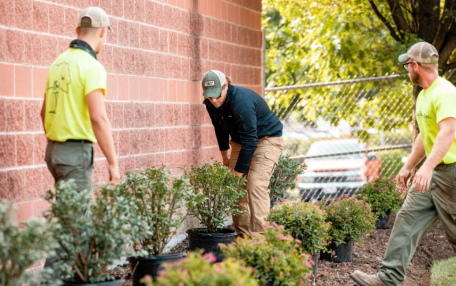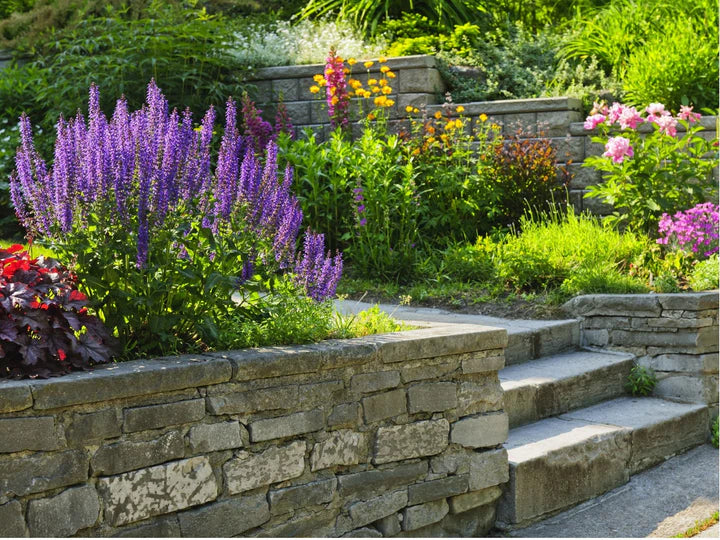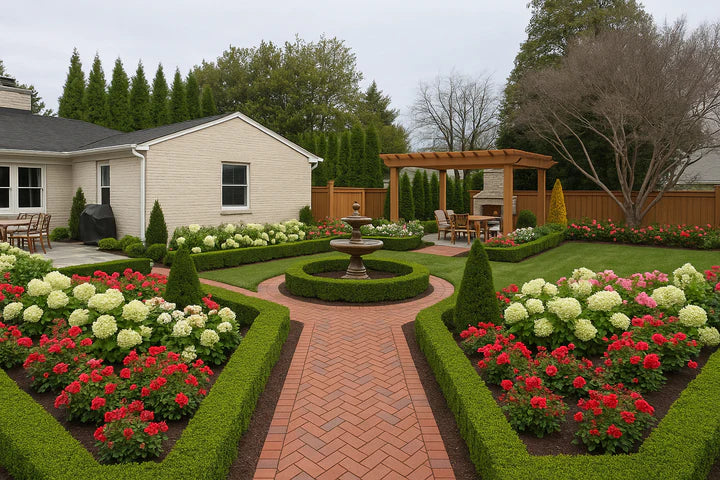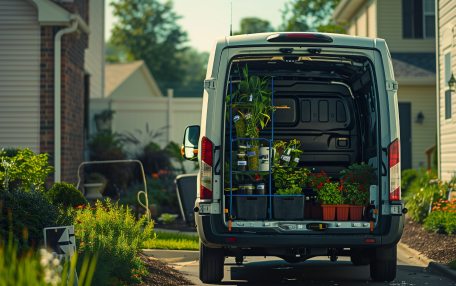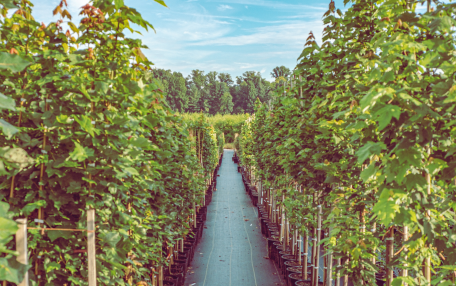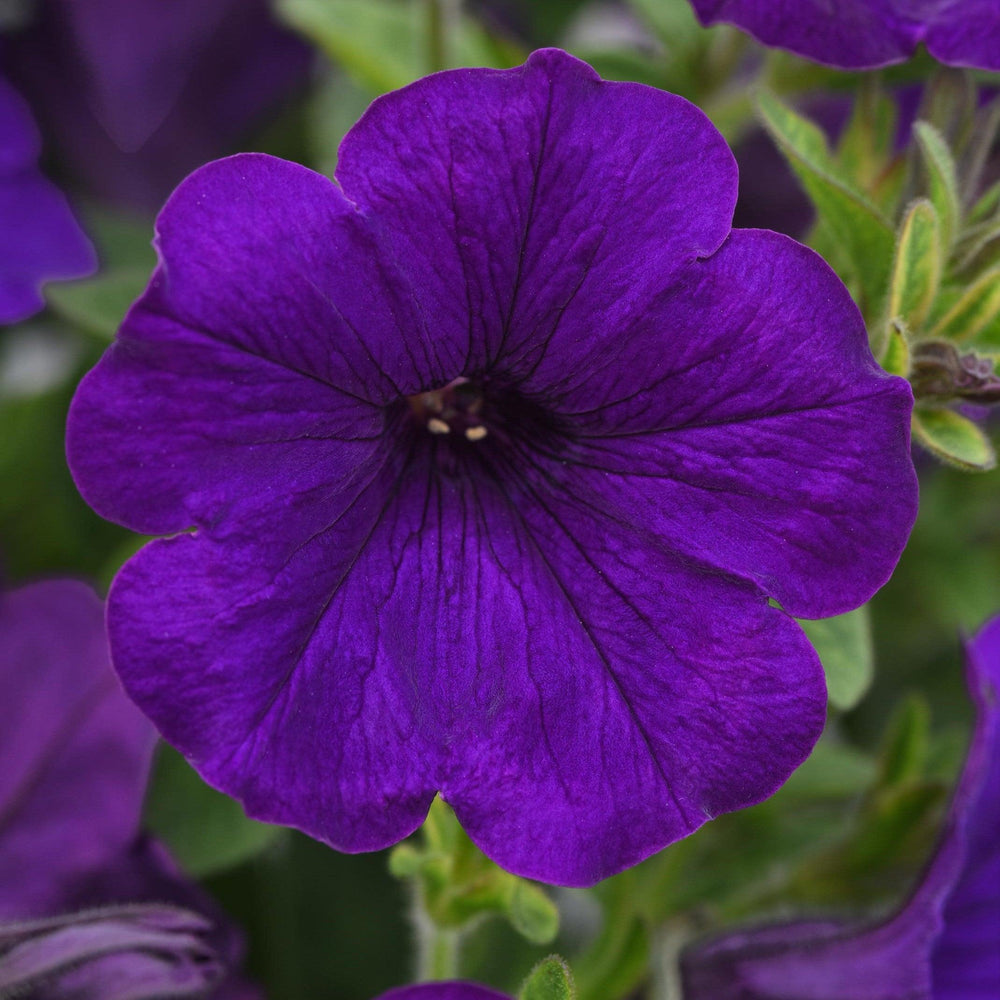Growing Monrovia’s Autumn Ferns (Dryopteris erythrosora) in the Atlanta Area
Are you looking for a gorgeous addition to your southern garden that will thrive in the changing seasons? Look no further than Monrovia’s Autumn Fern (Dryopteris erythrosora).
In this article, we’ll explore everything you need to know about growing and caring for these stunning ferns in your own backyard.
Understanding Autumn Ferns (Dryopteris erythrosora)

Characteristics of Autumn Ferns
Monrovia’s Autumn Ferns are beautiful and unique. They are known for their striking coloring, which shifts from bright green in the spring and summer to bronze and copper in the autumn and winter months. This color change is a result of the ferns' ability to adapt to changing light conditions and temperature fluctuations.
Autumn Ferns grow to be approximately two feet tall and three feet wide, making them a great choice for container gardens or as a border plant. They have a graceful, arching shape and delicate fronds that add texture and interest to any landscape.
These ferns prefer partial shade to full shade and can grow in a variety of soil types, as long as the soil is well-draining. They are also tolerant of drought and can withstand periods of dryness without wilting or suffering damage.
Native Habitat and Distribution
Autumn Ferns are native to East Asia and have been cultivated in North America for decades. They are a popular choice for gardens in the southern United States because they can tolerate heat and humidity well.
In their native habitat, Autumn Ferns can be found growing in a variety of locations, from rocky outcroppings to shady woodlands. They are often used as a ground cover in natural settings, where their delicate fronds create a lush carpet of greenery.
Autumn Ferns are also commonly grown in gardens and parks throughout the world. They are prized for their beauty and adaptability, and are often used as a focal point or accent plant in landscape designs.
Benefits of Growing Autumn Ferns
There are many benefits to growing Monrovia Autumn Ferns in your Atlanta area garden. In addition to their unique coloring and adaptability to different environments, these ferns are also low-maintenance plants that don't require much watering or pruning. They are also deer-resistant, making them a great choice for gardens that are frequented by wildlife.
Autumn Ferns are also beneficial for the environment. They help to purify the air by removing pollutants and toxins, and they provide habitat and food for a variety of insects and small animals.
Finally, Monrovia’s Autumn Ferns are an excellent choice for Atlanta area gardeners who want to create a natural, woodland-inspired look in their landscape. These ferns are a perfect complement to other shade-loving plants like hostas, astilbes, and bleeding hearts, and can help to create a serene and peaceful garden retreat.
Planting and Cultivating Autumn Ferns in the Atlanta Area
Choosing the Right Location
Autumn Ferns can thrive in the north-central Georgia climate. When selecting a location for your Autumn Ferns, it’s important to find an area that receives partial to full shade. They can grow in direct sunlight, but it will cause the leaves to dry out and lose their vibrant color. Additionally, the soil should be well-draining to prevent root rot.
One location for Monrovia’s Autumn Ferns is under the canopy of trees. This provides the perfect amount of shade and allows the ferns to receive filtered light. Another option is to plant them on the north side of a building, where they will receive morning sun and afternoon shade.
Soil Preparation and Requirements
Before planting your Autumn Ferns, it’s important to prepare the soil. Mix in compost or well-rotted manure to increase the soil's organic matter and improve drainage. The pH of the soil should be around 5.5-7.0 for the optimal growth of Autumn Ferns.
It's also important to note that Autumn Ferns do not tolerate compacted soil well. If your soil is compacted, consider aerating it before planting the ferns.
Planting Techniques and Tips
When planting your Autumn Ferns, dig a hole that is twice as wide and deep as the plant's root ball. Make sure to gently loosen the roots before planting and water thoroughly after placing the plant in the ground. To ensure proper spacing, plant them 18-24 inches apart.
Monrovia’s Autumn Ferns are great for adding texture and depth to a garden bed. Consider planting them in groups of three or five for a more dramatic effect. You can also mix them with other shade-loving plants, such as hostas or coral bells, for a beautiful and varied display.
Watering and Irrigation Considerations
While Autumn Ferns are drought-tolerant, it’s important to water them regularly during the growing season (spring and summer) to ensure they receive enough moisture. However, be careful not to overwater them, as this can lead to root rot. Regular watering is especially important during the first growing season after planting.
One way to ensure your Autumn Ferns receive enough moisture is to install a drip irrigation system. This allows you to water the plants slowly and deeply, without getting the leaves wet. Wet leaves can lead to fungal diseases, which can be detrimental to your ferns.
Overall, Monrovia’s Autumn Ferns are a wonderful addition to any Atlanta area garden. With the right location, soil preparation, planting techniques, and watering considerations, your ferns will thrive and provide beautiful foliage year after year.
Caring for Your Autumn Ferns

While Autumn Ferns are relatively easy to care for, there are a few things you should keep in mind to ensure that your ferns thrive.
Fertilization and Nutrient Needs
As mentioned, Autumn Ferns don't typically require much fertilization. However, if you want to give them a little boost, a slow-release fertilizer in the early spring can be beneficial. Look for a fertilizer with a balanced N-P-K ratio, and avoid using high-nitrogen fertilizers, as this can lead to leaf burn and poor plant performance.
In addition to fertilizer, Autumn Ferns also benefit from organic matter in the soil. Consider adding compost or leaf mold to the soil around your ferns to provide them with extra nutrients.
Pruning and Maintenance
While pruning is not necessary for Monrovia’s Autumn Ferns, it’s important to remove any damaged or yellowing fronds to maintain the plant's appearance. Use sharp, clean scissors or pruning shears to make a clean cut at the base of the frond.
In addition to pruning, make sure to keep the area around the plant free of debris and weeds. This will help prevent disease and pests from taking hold.
Autumn ferns also appreciate a good mulch. A layer of organic mulch, such as shredded leaves or bark, can help retain moisture in the soil and keep the roots cool in the summer.
Pest and Disease Management
While Monrovia’s Autumn Ferns are generally resistant to most pests and diseases, they can occasionally be affected by scales, mealybugs, or mites. If you notice any signs of infestation, try removing the pests by hand or treating with an insecticidal soap.
It's also important to keep an eye out for signs of fungal diseases, such as leaf spot or rust. These can be treated with a fungicide, but prevention is key. Make sure your ferns have good air circulation and avoid overhead watering, which can promote fungal growth.
Winter Care and Protection
Autumn Ferns are generally hardy enough to withstand Atlanta winters, but it’s still important to provide them with a little extra care during the colder months. In late fall, apply a layer of mulch around the base of the plant to protect the roots from freezing.
If the winter is particularly harsh, you may want to cover the plant with burlap or a similar material to provide extra protection from the elements. Just make sure to remove the covering once the weather warms up in the spring.
With a little bit of care and attention, your Autumn Ferns will reward you with lush, green foliage year after year. Happy gardening!
Propagation and Expanding Your Monrovia Autumn Fern Collection
Monrovia’s Autumn Ferns are a popular choice for gardeners in the Atlanta area due to their low maintenance and beautiful foliage. If you're looking to expand your collection of Autumn Ferns, there are a few different methods you can use to propagate these plants.
Division and Transplanting
One of the easiest ways to propagate Autumn Ferns is through division. This involves digging up an established plant and separating it into several smaller plants. This is best done in early spring before new growth begins.
To divide Autumn Ferns, start by digging up the entire plant. Gently shake off any excess soil and use a sharp, clean knife to separate the root ball into several smaller sections. Each section should have its own set of fronds and a healthy root system.
Once you've divided the plant, you can transplant the smaller sections into new locations in your garden. Make sure to plant them at the same depth they were originally growing and water them well to help them establish their new roots.
Growing from Spores
Another way to propagate Autumn Ferns is by growing them from spores. This is a more time-consuming process, but it can be a fun and rewarding way to expand your collection.
To collect spores, wait until the fronds on your Autumn Ferns have fully matured. You'll know they're ready when the undersides of the fronds are covered in small, brownish dots. Cut off a frond and place it in a paper bag to allow the spores to dry out and fall off.
Once you've collected the spores, you can sow them in a mixture of peat and sand for optimal growth. Keep the soil moist and place the container in a warm, bright location. It can take several weeks or even months for the spores to germinate, so be patient!
Purchasing and Selecting Healthy Plants
If you're not interested in propagating your own Autumn Ferns, you can always purchase new plants to add to your collection. When selecting plants, make sure to choose ones that are healthy and free of any signs of disease or pests. Look for plants with vibrant green fronds and a well-established root system.
Once you've brought your new plants home, make sure to plant them in a location that gets partial to full shade and has well-draining soil. Water them regularly, especially during the hot summer months, and fertilize them once or twice a year to keep them healthy and thriving.
With the right conditions and a little bit of care, you can enjoy gorgeous Autumn Ferns in your Atlanta area garden for years to come!

Click here if you’d like to purchase this plant.
If you need any advice or tricks/tips in creating the garden of your dreams, we are here to make those dreams come true! Connect with us here, or chat with us via the chat button on the bottom of any page on our website.
To create a landscape that gives you joy every time you walk out your door or look out your window, it’s important to have a design plan in place. Learn more about our elite Designer Marketplace platform, which allows you to select easily from a list of expert landscape designers, landscape architects, and more.
Click here to view more plants from the beautiful Monrovia® collection.

